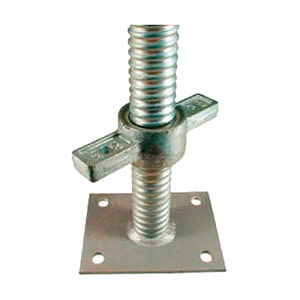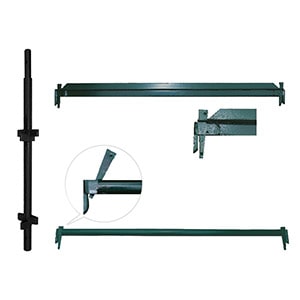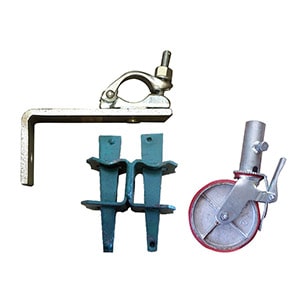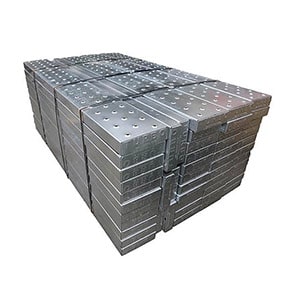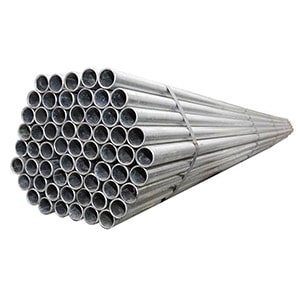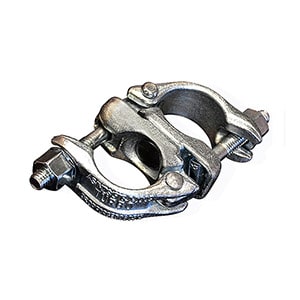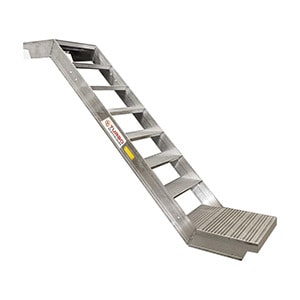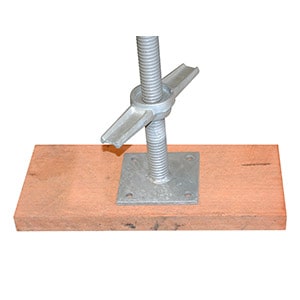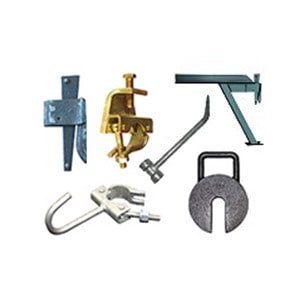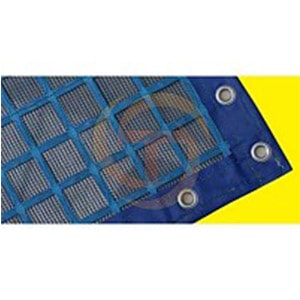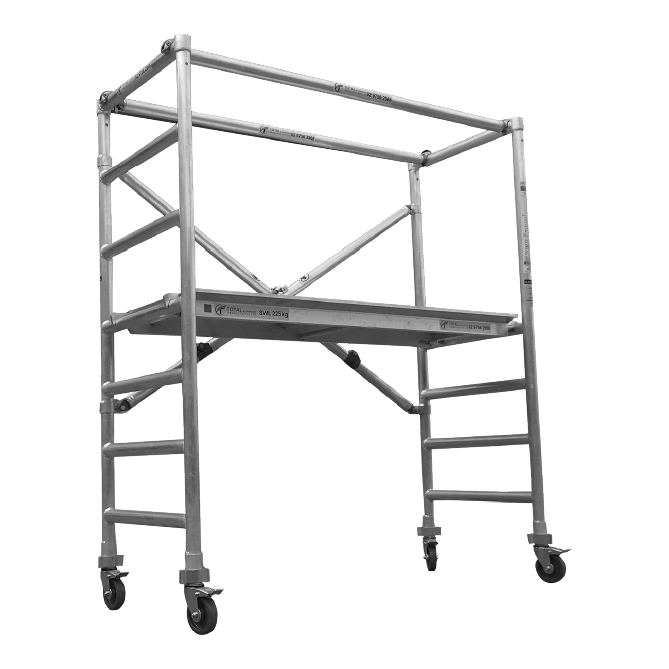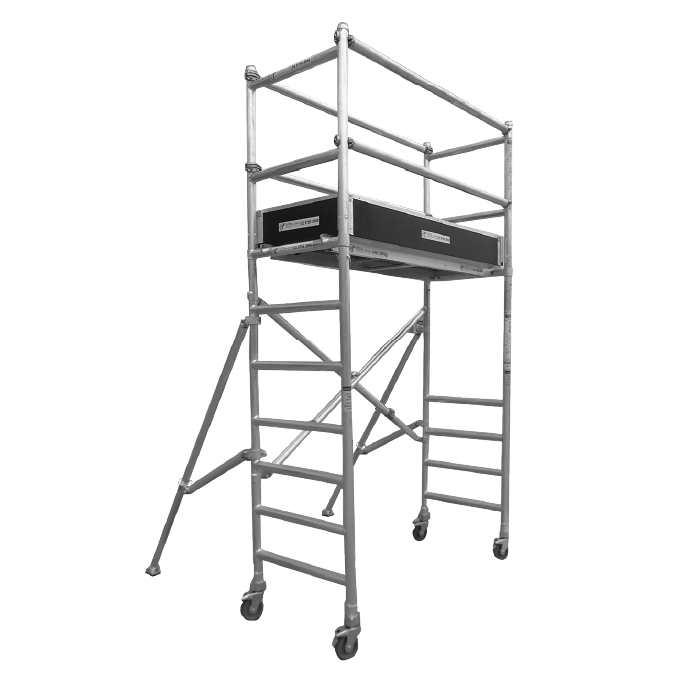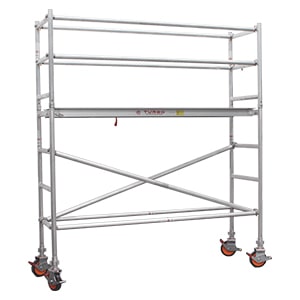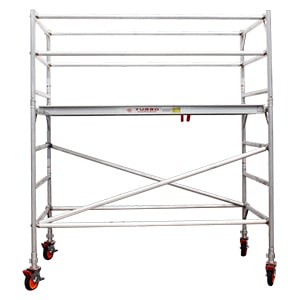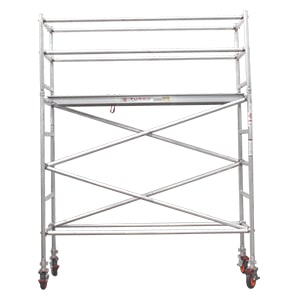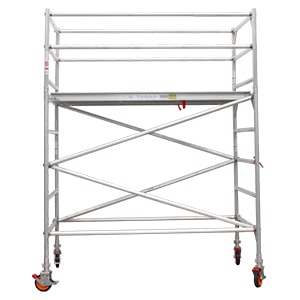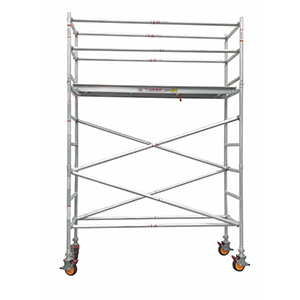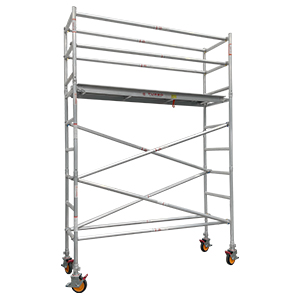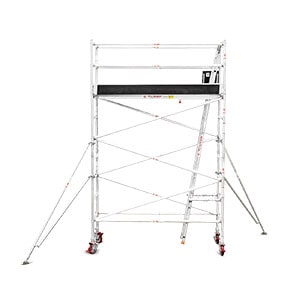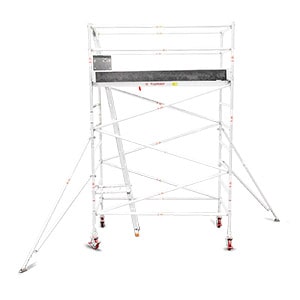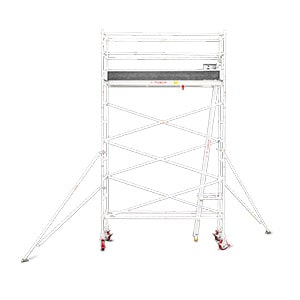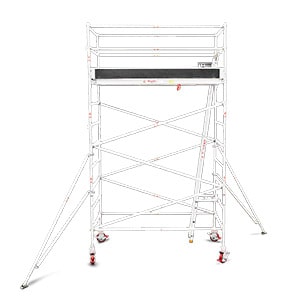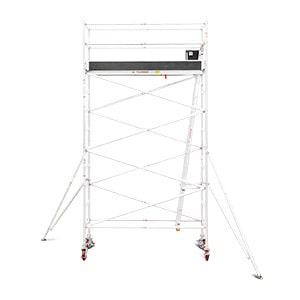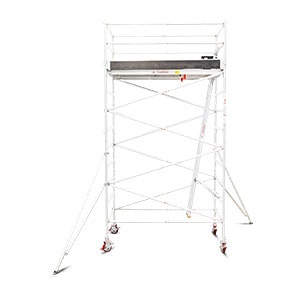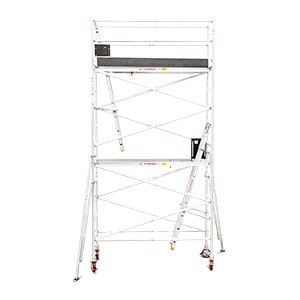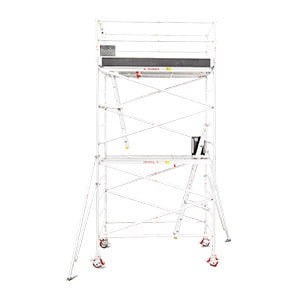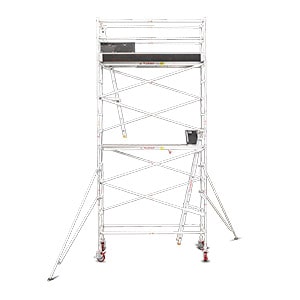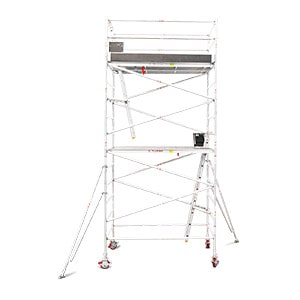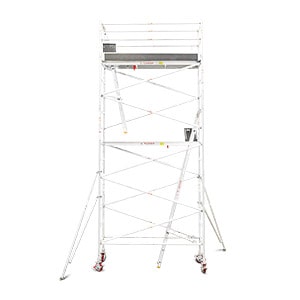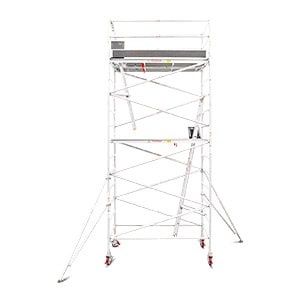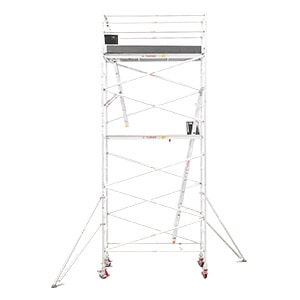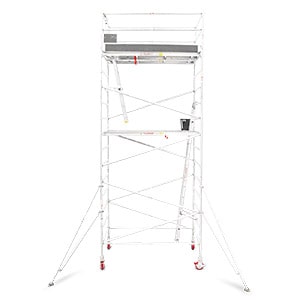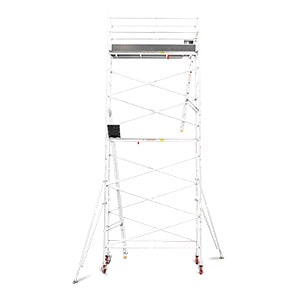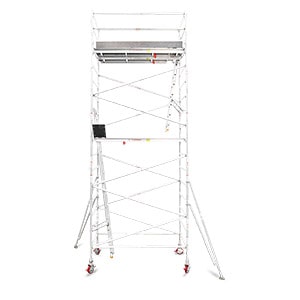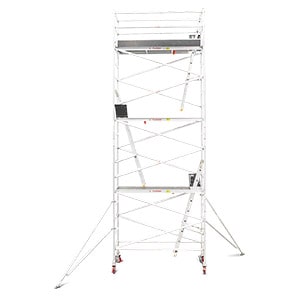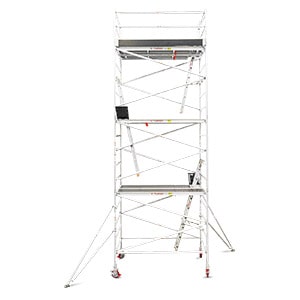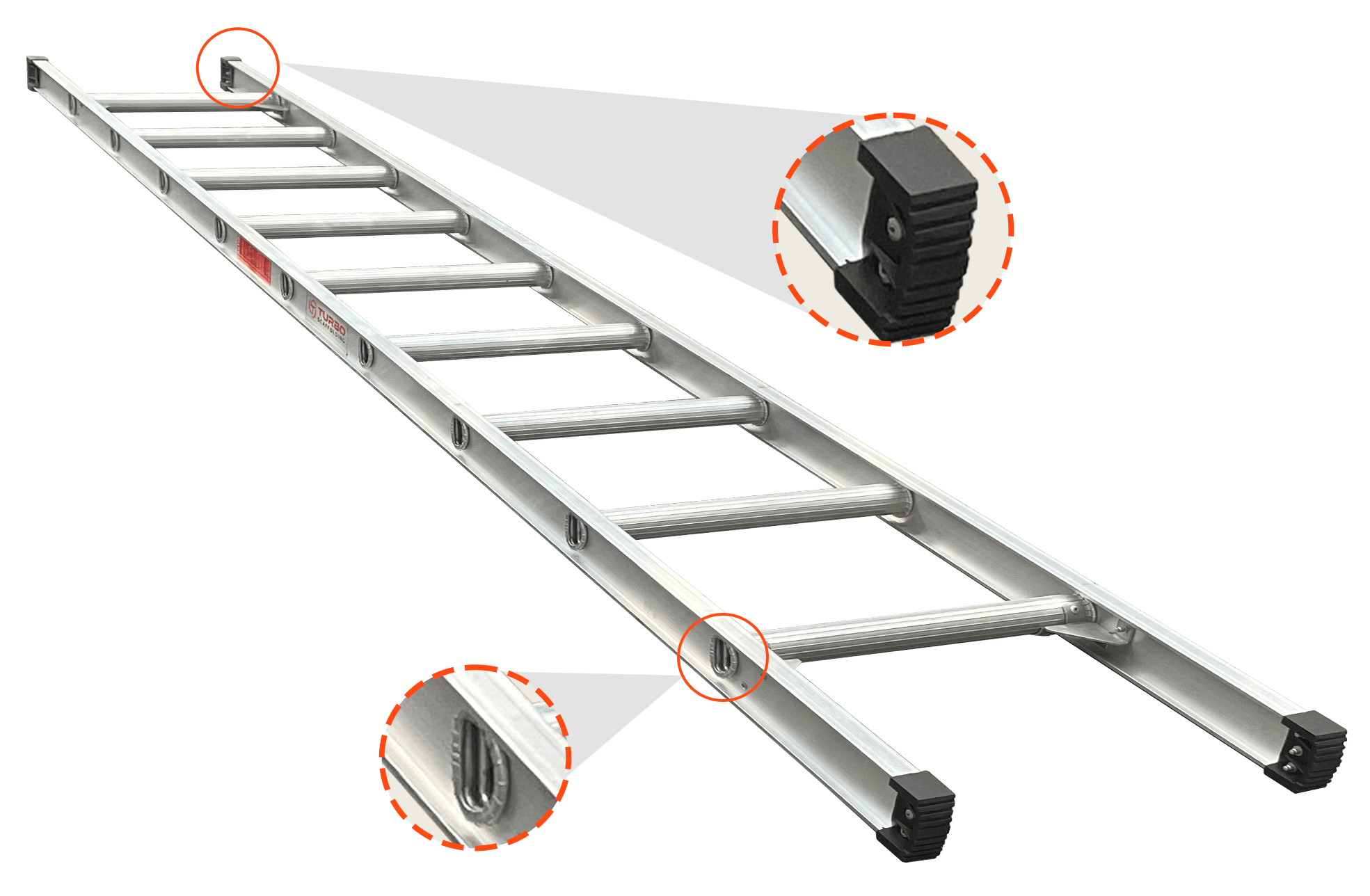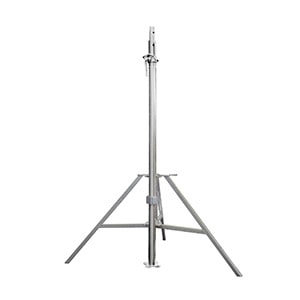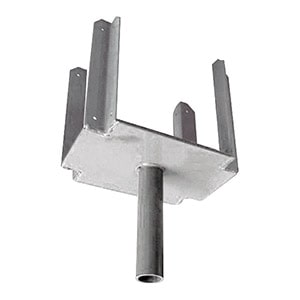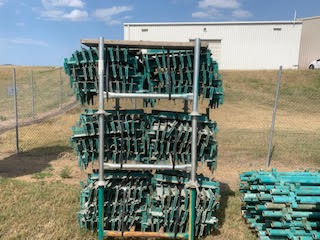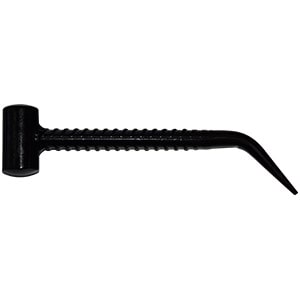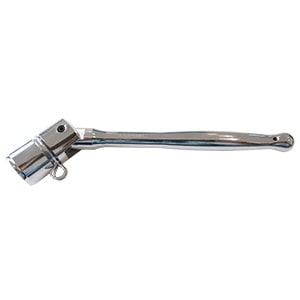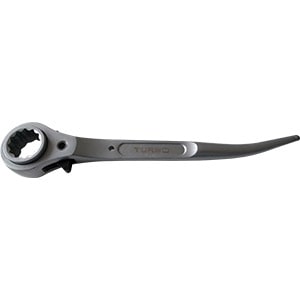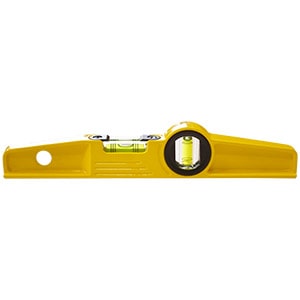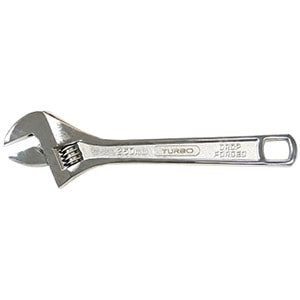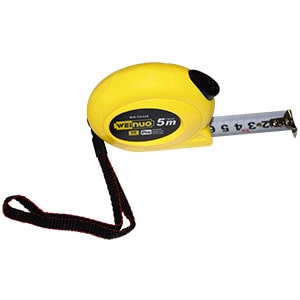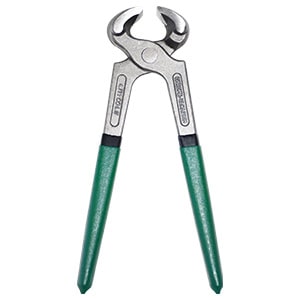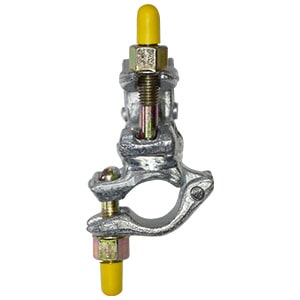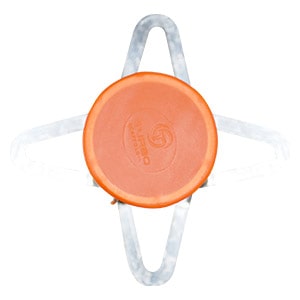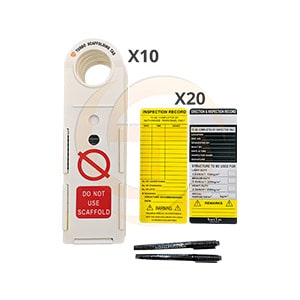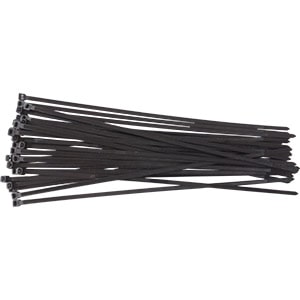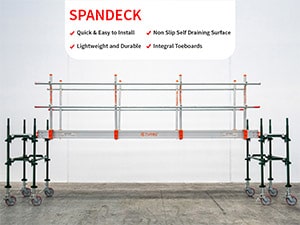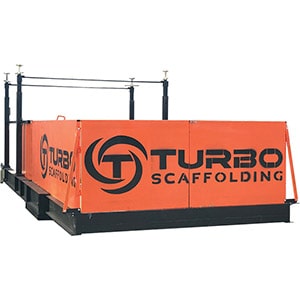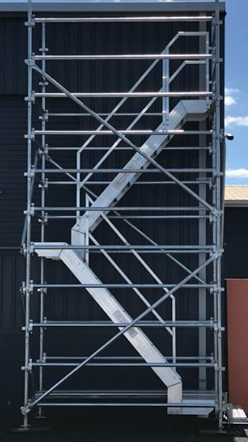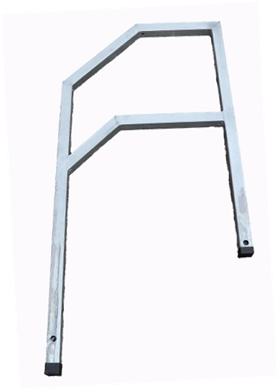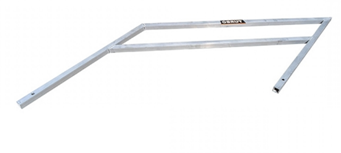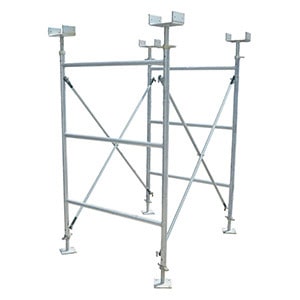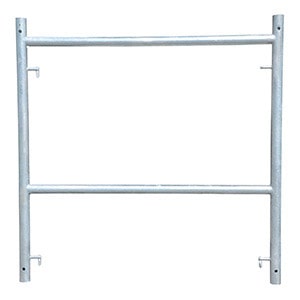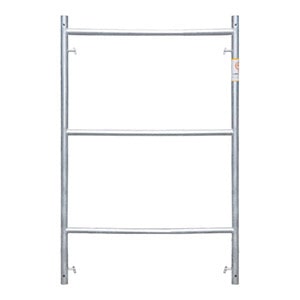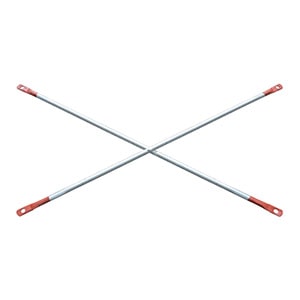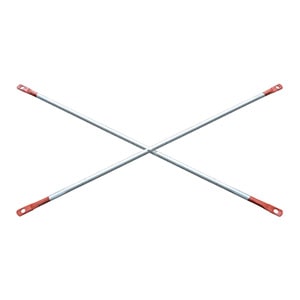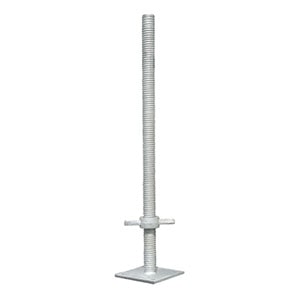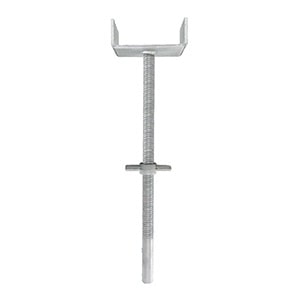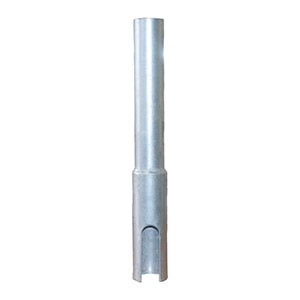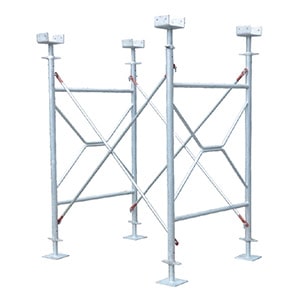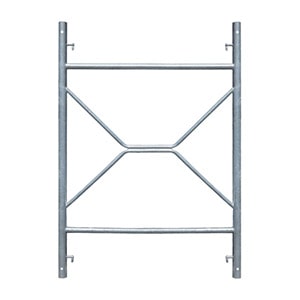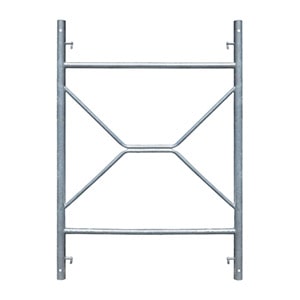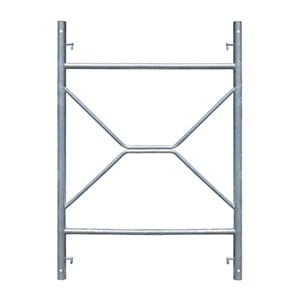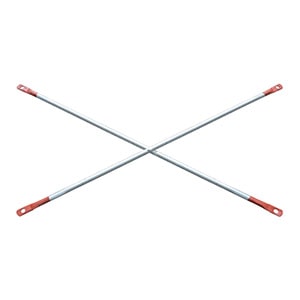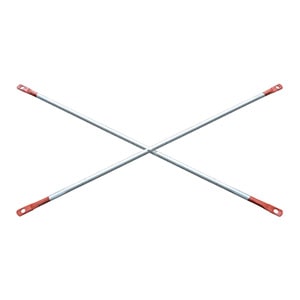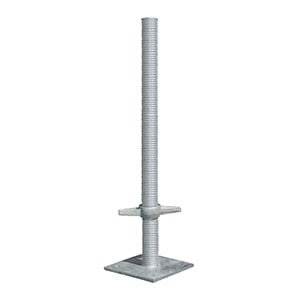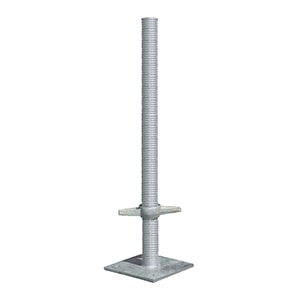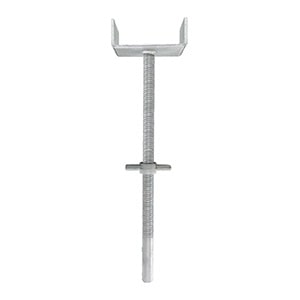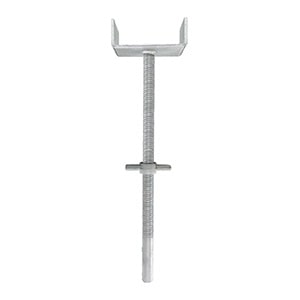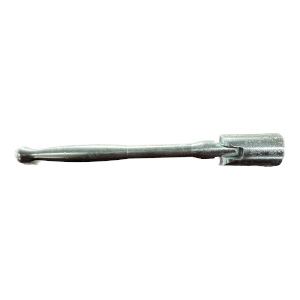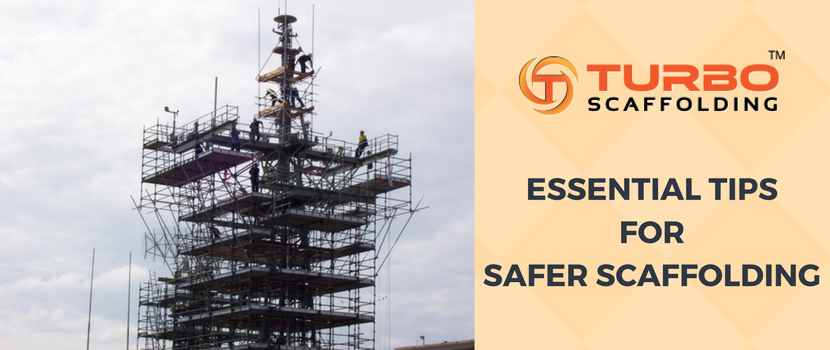Safer scaffolding does not start and finish with just selecting the right scaffolding system. Safer scaffolding contains the safety of the scaffold and those who are working on the scaffolding and also those who are close to the scaffolding. The majority of construction projects, large or small, use some type of scaffolding system.
Scaffolding: When to Use
The kind of access you require will rely on the kind of scaffolding you require. In terms of mobility, usability and flexibility, scaffolding and access scaffolding systems are huge and differ greatly. For smaller residential or domestic projects, mobile scaffold towers are a popular choice. Whereas system scaffolding like Kwikstage and Cup Lock provide a bigger, more durable long-term scaffolding solution, which is appropriate for commercial and industrial construction projects.
It’s vital to make sure whatever type of scaffolding is appropriate for the project at hand, mobile scaffold tower or the scaffolding is accurately erected by qualified and experienced technicians.
Imported, Second-Hand or Used Scaffolding
It’s perfectly fine if you’re choosing used or second-hand scaffolding alternative provided you know what safety standards the scaffolding adheres to, has it ever been revived or reconditioned and where it was manufactured? Ensure to perform your own research because the safety of the scaffolding is not disclosed until the scaffold is brought up for repairs or verification or if there is an accident.
Depending on where the scaffolding system has been manufactured, looking for imported scaffolding is not a prudent option. This is because many of the overseas countries do not function to the same safety standards as in Australia, which means many of the cheap copies/ replicas of popular modular scaffolding systems like Kwikstage or Cup lock don’t adhere to any of the safety standards required by Australia.
Scaffolding Safety
All scaffolding systems in Australia should adhere to Australia’s safety standards. Thus, all scaffolding systems should be raised and dismantled accurately; they should be examined regularly, maintained as and when needed when the scaffold structure is raised and in use. Only fully trained and practised technicians should erect the scaffolding structure and they should use scaffolding safety parts which include toe boards, hand rails and scaffold safety netting wherever required. As and when needed, scaffolding systems should be maintained, repaired, reconditioned and replaced thereby keeping them in optimal working condition, in accord with all applicable Australia’s safety standards.
Scaffolders and Those Who Work on Scaffolding
There is no end to the daily threats and hazards when working at a height with scaffolding on a construction site. Scaffolders and those who work on scaffolding should wear the fitting PPE (Personal Protective Equipment). PPE includes safety harness and hard hat; depending on the dangers and components, a worker may need to wear protective glasses, or goggles may have to be worn along with protective gloves, or hand protection wherever required.
To Conclude
Scaffolding safety requirements stay just as important as ever irrespective of the ease and handiness modern day scaffolding system and mobile scaffolding offers.

